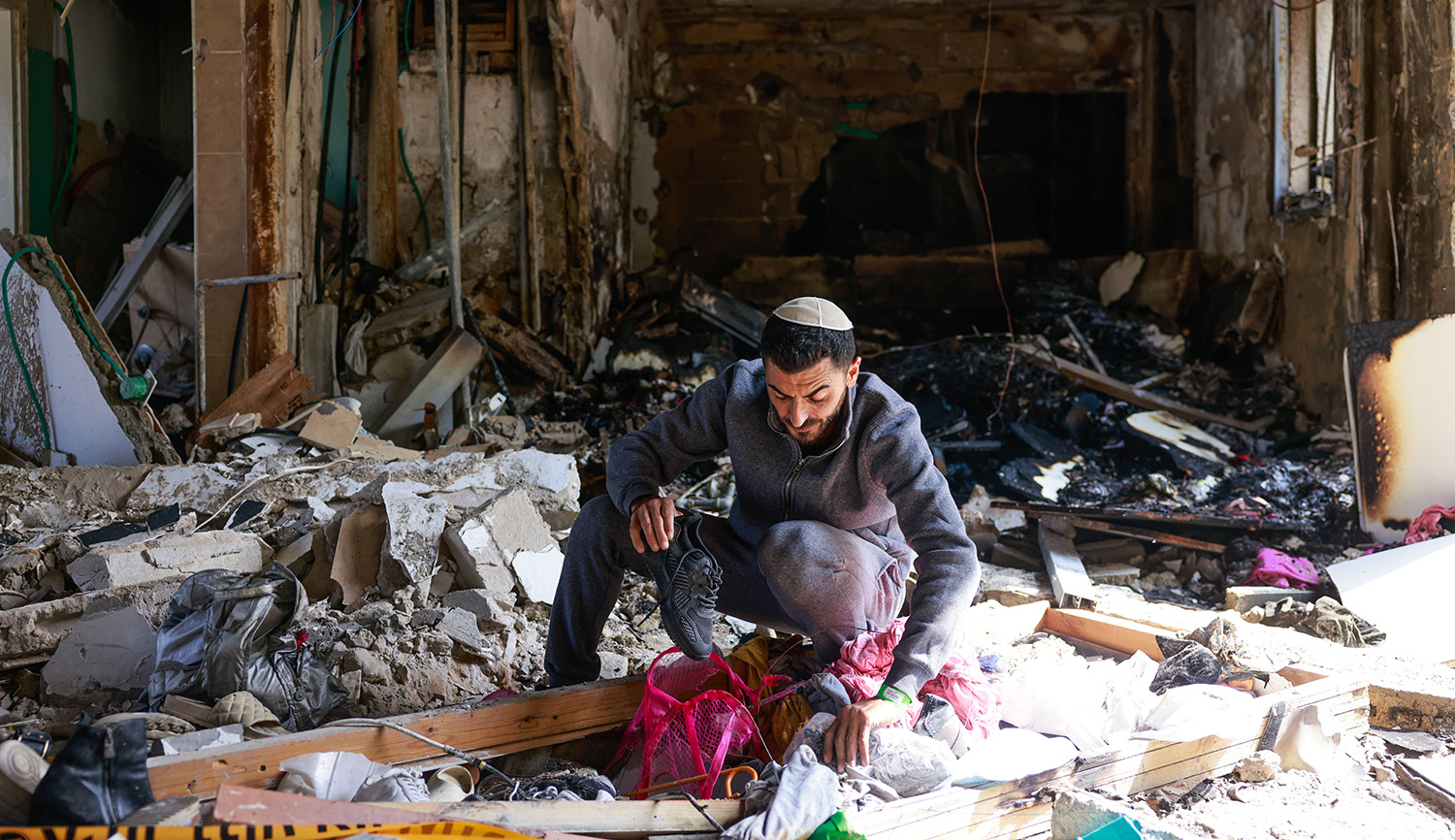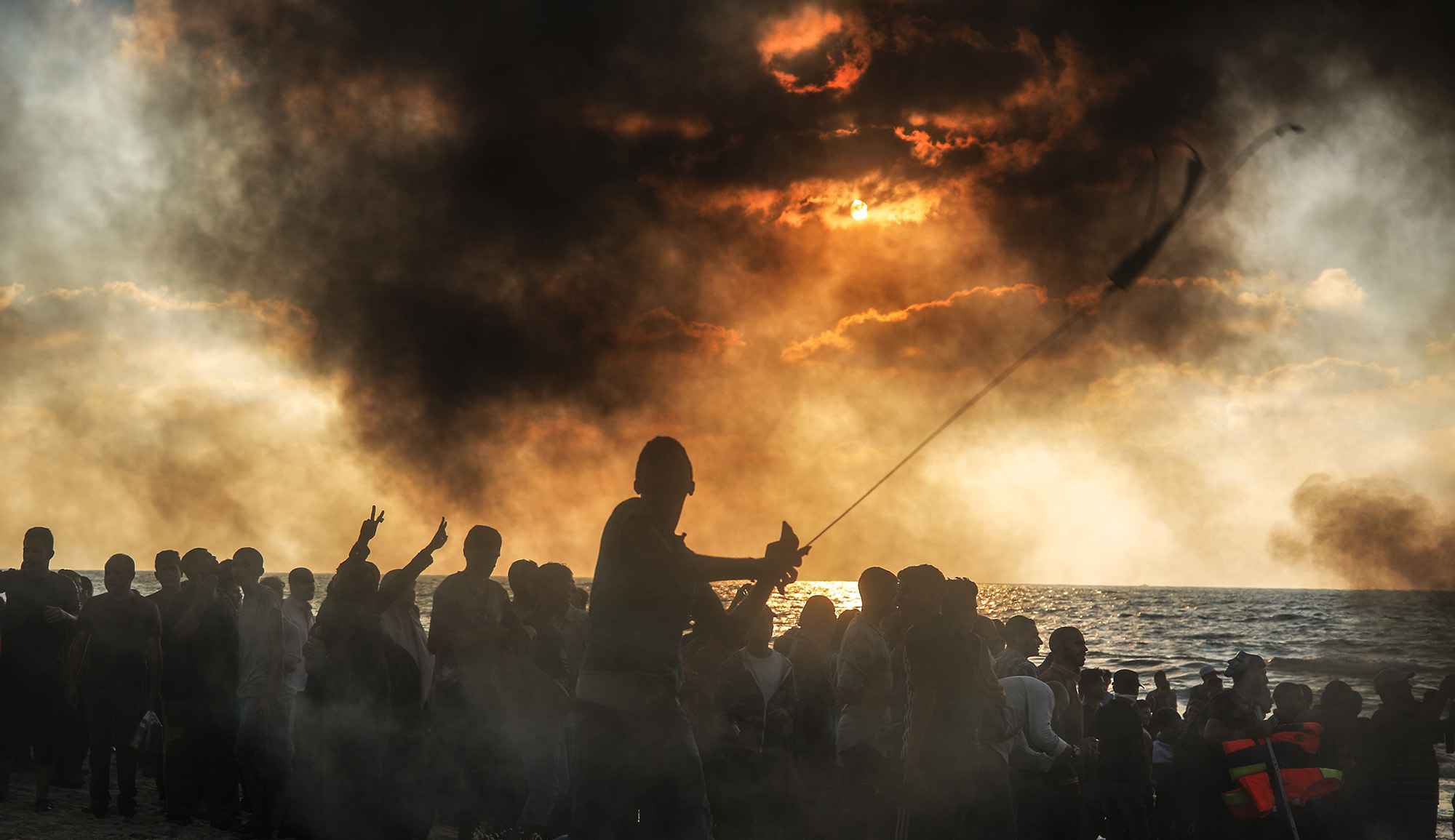Last week, Zalmay Khalilzad, the American envoy in Afghanistan, told reporters that his negotiating team was on the cusp of an agreement with the Taliban, and outlined its terms. The U.S., according to Khalilzad, planned to remove its troops from the country in exchange for the Taliban’s promise not to allow it to be used by al-Qaeda or other terrorist groups. Soon thereafter, a series of attacks by the Taliban, which left an American soldier among the dead, drove Washington to suspend negotiations. Michael Rubin argues that no agreement along the proposed lines will bring peace:
President Donald Trump and Khalilzad [appeared] to have embraced the John Kerry school of diplomacy, in which desperation for a deal substitutes for bringing leverage to bear. . . . A more fundamental problem is Pakistan. The Taliban would not exist without Pakistani support. . . . [T]he Taliban negotiators were based in Qatar and answered to leadership in [the Pakistani city of] Quetta which in turn took direction from Pakistan’s Inter-Services Intelligence in Islamabad. . . . Most Afghans see the Taliban as foreign puppets . . . willing to rape and murder.
The Taliban [also] continue to embrace and incorporate al-Qaeda’s philosophy and personnel. . . . Nor does what happen in Afghanistan necessarily stay in Afghanistan. [During a discussion of U.S. foreign policy] at the University of Hargeisa in Somaliland earlier this year, students and faculty asked repeatedly whether negotiations with the Taliban would mean that negotiations with Al-Shabab, an al-Qaeda affiliate in Somalia, would be next. Even if that is not the plan, every militant group now understands that the way to advance its interests is not through the ballot box but through violence and terrorism. That is a legacy to the Taliban deal which will not be easy to overcome.
Read more at National Interest
More about: Afghanistan, Donald Trump, John Kerry, Taliban, U.S. Foreign policy


